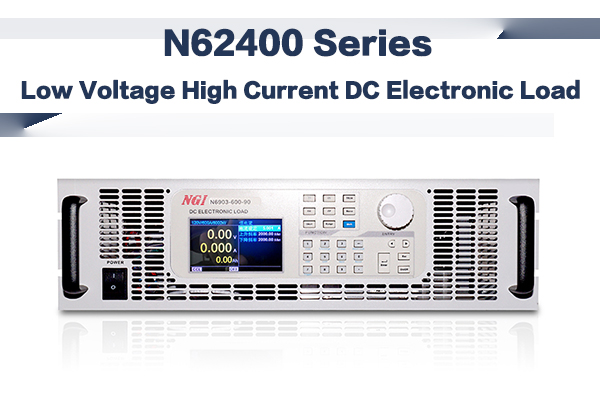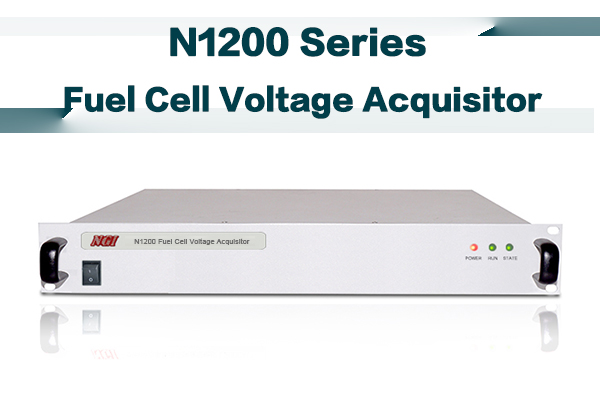- Community
- Industry Information
- NGI Instruments Application in Hydrogen Fuel Cells
NGI Instruments Application in Hydrogen Fuel Cells
 December 14, 2019
December 14, 2019
As one of the ultimate energy sources in the future, hydrogen energy is used in various fields in the form of hydrogen fuel cells. As early as the 1960s, fuel cells were successfully used in the aerospace field due to their small size and large capacity. In the 1970s, with the continuous development of technology, hydrogen fuel cells were gradually used for power generation and automobiles. Nowadays, with the rise of various electronic intelligent devices and the popularity of new energy vehicles, hydrogen fuel cells are mainly used in three fields: stationary field, transportation field and portable field.
In which areas will hydrogen fuel cells explode first? Let's have a look.
Many companies around the world have begun to research and launch unmanned aerial vehicle (UAV). In 2014, Wuhan Troowin Power System Technology Co., Ltd. began to apply fuel cell technology on UAV, and launched fixed-wing & six-rotor UAVs. In 2017, Wirth Research announced the design of Tilt Rotor with Vertical Take Off and Landing(VTOL). Hydrogen fuel cell UAVs have entered the practical stage.
As a power system, hydrogen fuel cells have the advantages of long endurance range, short hydrogenation time and no pollution. It is currently the most explosive application field with the highest attention.
Japanese and South Korean automakers are at the forefront, who launched Toyota Mirai, Honda Clarity and Hyundai Nexo. In China, SAIC MAXUS Automotive Co., Ltd. Domestic released fuel cell vehicle FCV80.
Hydrogen Fuel Cells Application in the Field of Logistics Vehicles
Hydrogen fuel cell logistics vehicles are also one of the most widely used segments in China. By the end of 2017, 500 hydrogen fuel cell logistics vehicles in Shanghai had obtained licenses and operating qualifications. In Foshan and Yunfu, 25 hydrogen fuel cell vans have been put into trial operation.
Combined with China's national conditions, hydrogen fuel cell logistics vehicles with obvious advantages will be another blue ocean market in the Internet era.
Currently, hydrogen fuel cell buses have been commercialized in many regions in China. In 2017, twenty-eight hydrogen fuel cell buses were put into trial operation in Foshan and Yunfu in Guangdong. In 2018, three hundred 8.5 meters hydrogen fuel cell buses were used in public transportation. In the United States, Europe, Japan, South Korea and other countries, many hydrogen fuel cell buses have come into use.
Hydrogen Fuel Cells Application in the Field of Heavy Truck & Urban Special Vehicles
In 2017, China National Heavy Duty Truck Group Co.,Ltd. manufactured a port tractor with hydrogen fuel as its main power and power batteries as its auxiliary power. It adopted range-extending technology solution, with the fuel cell as a range extender. The hydrogen cylinder can be configured according to actual needs, which can meet a variety of operating conditions.
Toyota in Japan launched its hydrogen fuel cell heavy truck in 2017, equipped with two Mirai hydrogen fuel cell stacks and a 12kWh capacity power battery. It is with 670 hp output power, 320 km endurance range and 36.3 tons maximum load.
Hydrogen Fuel Cells Application in the Field of Warehouse Forklifts
Many countries have strict requirements on exhaust emissions and safety for indoor warehouse forklifts. Hydrogen fuel cell forklifts have advantages of fast fuel filling, constant power output and zero pollution emissions, which have been widely used by major consumer product companies and supermarkets. Retailers such as Amazon, Home Depot, Wal-Mart, Procter & Gamble, and Coca-Cola purchased hydrogen fuel cell forklifts. In China, the application of hydrogen fuel cell forklifts still belongs to the niche field, and the application industries are limited. But the popularity rate is high in these industries.
Hydrogen Fuel Cells Application in the Field of Residential Electricity
In Europe, the proportion of renewable energy sources with large output fluctuations, such as wind power and photovoltaic power generation, is getting higher and higher. Europe has started the project of Wind-To-Hydrogen. When the power supply is insufficient, the stored hydrogen is used to generate electricity from the fuel cell. In Denmark, the government has set up the Lolland Hydrogen Project. On the coastal open space far from the residential area, a water electrolysis device and a hydrogen fuel tank that compresses the hydrogen generated by the device are installed. The generated hydrogen is introduced into the house. Then the fuel cells in the house generate electricity to provide electricity and heat.
Fuel Cells Test Instruments from NGI

N6900 series power range is up to 51kW. The voltage includes 120V, 600V, 1000V and 1200V. Both power and voltage are available for customization to meet various demands. The dynamic rate is up to 20KHz and can be adjustable. The maximum current slew rate can be 600A/us. N6900 has transient over-power loading capability, which is quite suitable to test fuel cell buses and passenger vehicles.

N62400 series is developed based on NGI's years of experience in testing for fuel cells. It is with high accuracy, high reliability and high cost performance. The minimum operating voltage is as low as 0.2V for full current 600A. The dynamic test performance is up to 20KHz and the rising and falling slew rate can be editable. N62400 has powerful charging & discharging control function in parallel mode, which is convenient for fuel cell testing.

N1200 series is specially developed for fuel cell R & D and production. A single N1200 supports up to 200 channels for quick voltage patrol. More channels can be tested simultaneously by using multiple machines. The voltage acquisition accuracy is up to 1mV. Single channel voltage acquisition range is from -2.5V to + 2.5V, which completely covers the voltage range of fuel cell. Real time voltage data of total 200 channels can be uploaded within 50ms by adopting 100M Ethernet communication.
Compared with battery test, hydrogen fuel cell test includes the linkage of fuel and oxidant input control with output power, and the testing of complex output polarization curves. By using N6900 or N62400 and N1200, it can form a high-speed and high-performance programmable test solution, which can simplify the test process, and has comprehensive protection and high reliability.










 export@ngitech.cn
export@ngitech.cn +86 19330858550
+86 19330858550 Feedback
Feedback